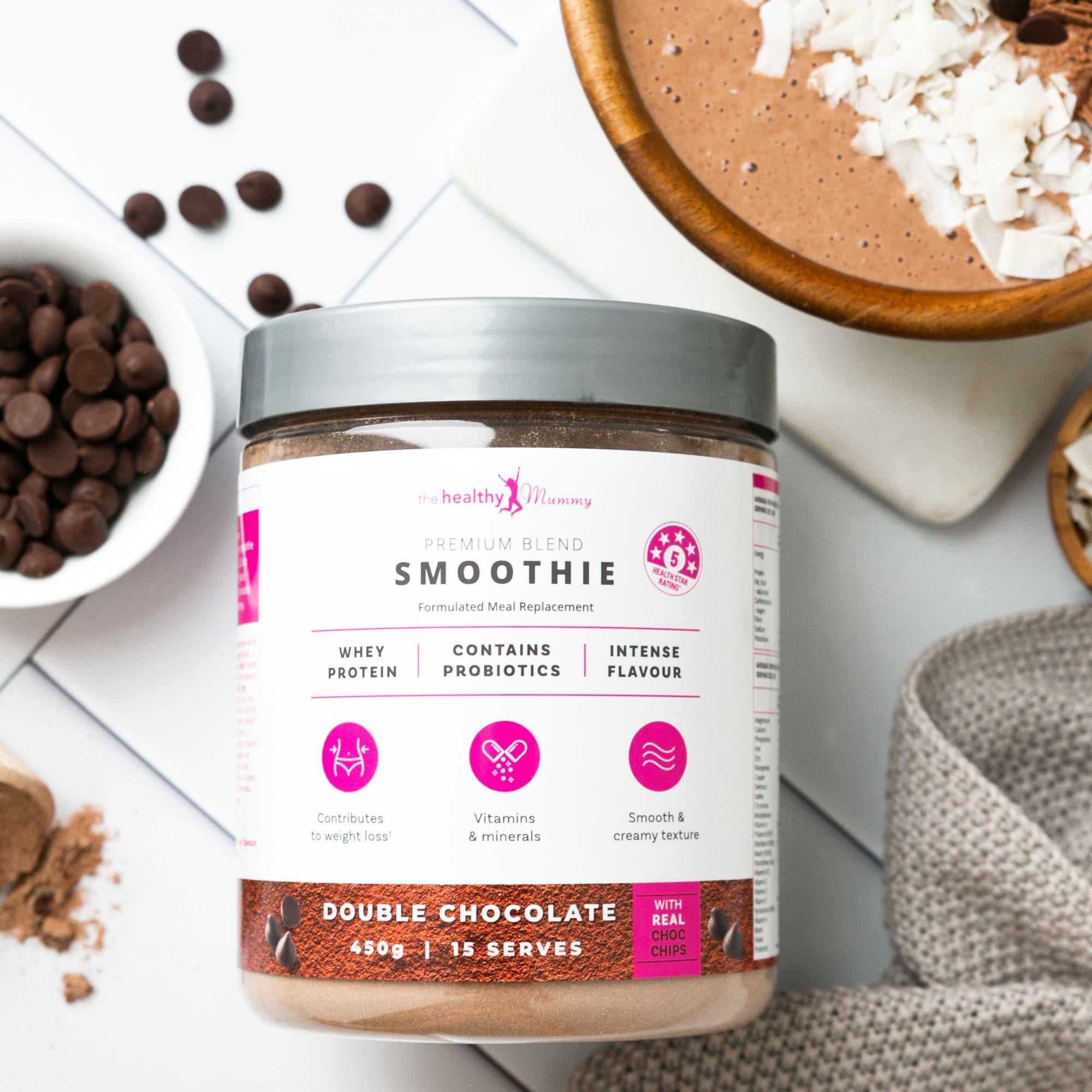How your period affects the way you exercise
Research has found that women can help alleviate any cramps or period pain if they exercise - and we’re actually stronger and more motivated.
Exercising is usually the last thing on your mind when you’re on you period!
In fact, the majority of us just feel like pigging out on chocolate and watching our favourite rom com.
But research has found that women can help alleviate any cramps or period pain if they exercise – and we’re actually stronger and more motivated during this time of the month!

Some women report they have low energy levels during their period, while others believe they have more energy than usual during this time.
Changing hormone levels through the menstrual cycle may be behind this.
Most researchers have not been able to find much of a difference during a woman’s menstrual cycle and her ability to exercise.
How hormones play a huge role in an woman’s energy levels

As a woman reaches ovulation, her oestrogen levels will spike, alongside testosterone, and she may find she has higher energy levels, and exercise might feel easier around this stage.
Other research found that women were stronger, more motivated and worked out harder while they were on their period – those angry PMS hormones can be put to good use!
But best of all, many studies found that exercise can help improve those low moods, and that women tended to have fewer painful cramps during menstruation if they exercise regularly.

“Women also need to eat and train different throughout our monthly cycle,” says Healthy Mummy nutritionist Cheree Sheldon.
“During our monthly bleed is a time to eat definitely more slow cooked nourishing foods and do gentle exercise.
“While mid-month we have the energy and motivation to do more intense exercise but we need to eat more lighter meals.”
Following the release of an egg, progesterone reaches its peak. During that time, there’s a lot of changes going on in our bodies and we can often feel unmotivated to train hard.
While our metabolic rate goes up, so do our cravings, especially for sugar and carbs.
A breakdown of hormones and energy levels during your cycle

Week 1
On the first day of your period, oestrogen and progesterone levels are at their lowest.
They begin a gradual rise during your period, and it may be easier to get active now than the weeks leading up to your period – exercise may also help with any menstrual cramping.
Week 2
After your period ends, your energy levels might jump up. Oestrogen levels rise in in preparation for ovulation (releasing an egg from the ovary).
Week 3
Oestrogen levels peak around the time of ovulation. But when it begins to fall after ovulation, progesterone levels begin to rise, and this is when you may feel tired and sluggish.
Week 4
Before your period, you may feel like you have less energy as your oestrogen and progesterone levels fall.
But exercise might boost your mood and give you more energy, especially is you exercise first thing in the morning when your energy levels are at their highest.
Sugar cravings seem to go into overdrive at that time of the month – you know what we’re talking about… when you feel like eating a WHOLE bar of chocolate to yourself?!
Not only do we feel grumpy, lethargic and sore, but our diet tends to change when we’re on our period.
But why does this happen, and how can we stop ourselves from falling off the bandwagon? We’ve endeavoured to find out…
Scientists believe the high hormone levels during the early part of the menstrual cycle cause an increase of insulin in the body.
Insulin regulates your blood glucose levels, and the high level of insulin in your body may result in low blood sugar. And this is why most women crave something sweet, with chocolate usually being the go-to snack.
For healthier chocolate options, try our Healthy Chocolate Lava Mug Cake – which is super easy to make!
What’s more, nutritionist Samantha Gemmell tells The Healthy Mummy that we also crave magnesium on our period, which is ALSO in chocolate.
“When our period hits, nutrition is usually the first thing to go out of the window, with gals cramming chocolate in like there’s no tomorrow and eating the most indulgent foods they can,” she says.
Samantha urges you to put down the chocolate bar and instead reach for a cup of cocoa tea or even try adding cocoa to your smoothies in the morning to help top up your magnesium levels.
Or we suggest, giving our Healthy Mummy Chocolate Smoothie a go! To purchase yours, click here.
Samantha says: “You can also increase your magnesium levels with nuts and seeds and green leafy vegetables.”
Other food tips Samantha has for that time of the month is to increase ginger in your diet.
“Ginger is a natural painkiller,” she says. “Try ginger tea, add it to stir-fries and even add it to smoothies.”
Maybe our delicious Honey, Lemon, Ginger and Chicken stir fry will help?!
Samantha also suggests eating “coconut water and bananas – as potassium is great for women who bloat up due to salt retention.”
We’ve got a heap of healthy recipes that contain coconut and bananas AS WELL as chocolate, such as our Chocolate And Banana Loaf.
Well, there you have it!
The mystery behind WHY we crave chocolate on our period…SOLVED!
Ever wondered why you crave chocolate when you’re on your period?

Why do we crave chocolate on our period?

Top up your magnesium levels

Increase your intake of ginger

Stop bloating with potassium

10 weird period cramp remedies that strangely work










